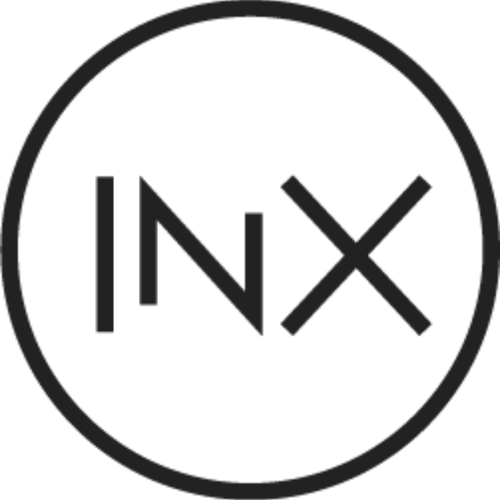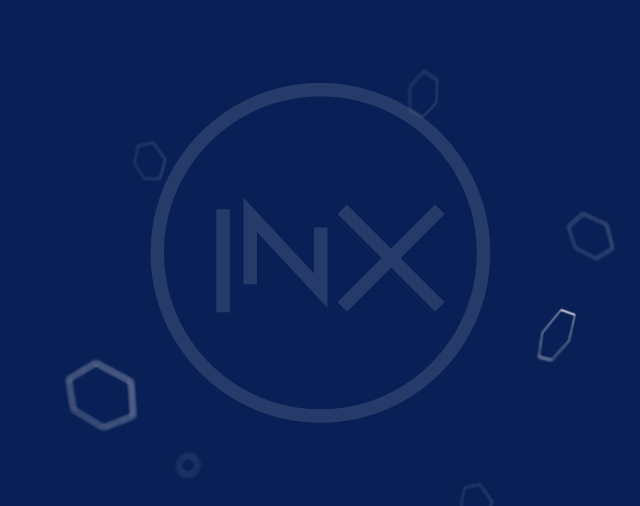In October 2025, Binance founder Changpeng Zhao posted on X, “Prediction: Bitcoin will flip gold. I don’t know exactly when. Might take some time, but it will happen. Save the tweet.
That single post reignited one of the long-standing debates in modern finance: can Bitcoin truly overtake gold as the world’s preferred store of value?
As of late 2025, gold’s market capitalization is above $30 trillion, while Bitcoin’s stands at around $2.2 trillion. For Bitcoin to reach this level, it would need to get between $1.3 million and $1.5 million per coin, based on a circulating supply of 19.9 million BTC, a 13x increase from current levels around $110,000.
This conversation, however, extends beyond price and touches on the broader question of how global reserve assets are evolving in a digital age. In this article, we take a look at the debate, the role of tokenized gold, and why 2026 could be a significant year for Bitcoin’s adoption.
The Reserve Debate: Can Bitcoin Actually Replace Gold?
Gold currently dominates central bank reserves with over $12 trillion in holdings and almost 20% of official reserves for central banks and governments, up from around 15% at the end of 2023. On the other hand, Bitcoin’s institutional adoption remains early despite the significant progress this year.
To get the whole picture, though, you have to consider that Gold has been a “safe haven” for countries serving as the ultimate hedge against inflation, currency devaluation, and political uncertainty. A look at Bitcoin’s monetization rate through this lens indicates that Bitcoin has outpaced gold’s historical trajectory within a short time.
Besides, Bitcoin’s portability, transparency, and programmability make it more efficient as a store of value. For example, you can transfer $1 billion in Bitcoin across borders within minutes for minimal fees. To move an equivalent value in physical gold, you’ll need armored transport, insurance, storage facilities, and days or weeks of settlement time. So, the key question to ask is not whether Bitcoin replaces gold entirely, but how much of global reserves it can realistically capture in the next couple of years.
Analysts at JPMorgan and Fidelity note that a 10% capital rotation from gold to Bitcoin could send BTC past $250,000, given its smaller market cap and higher price elasticity. This rotation mirrors historical patterns of capital flows from one safe-haven asset to another based on relative value and emerging use cases.
A Case for Tokenized Gold as the New Reserve Asset
Not everyone believes Bitcoin will replace Gold as a “safe haven;” Gold advocates like Peter Schiff continue arguing that gold’s physical properties and millennia-long track record provide advantages that digital assets cannot replicate. For them, tokenized gold represents a middle ground that combines gold’s stability with blockchain efficiency.
This point of view is also strongly supported by the fact that platforms like Paxos Gold (PAXG) and Tether Gold (XAUT) have grown to dominate 84% of the tokenized precious metals market, with combined market capitalizations exceeding $2.5 billion.
However, not acknowledging Bitcoin’s influence in emerging economies where digital assets are the superior store of value can be limiting. A balanced perspective should recognise gold’s established role and the role of Bitcoin as a new unit of digital collateral in global markets, particularly for younger investors.
The Macro Setup: Why 2026 May Be Bitcoin’s Moment
The current setup mirrors conditions preceding Bitcoin’s 2020-2021 breakout just after Gold’s rally in 2020 . Bitcoin went from $12,000 to $69,000 within 12 months as investors sought assets with higher upside potential after gold’s run exhausted itself.
Several analysts believe the same scenario could repeat this year, given the current macro setup. First, at the top of the list is pro-crypto regulation going on in the United States since President Trump took office. Strong Pro-crypto initiatives like the U.S. Strategic Bitcoin Reserve, the GENIUS Act, and Project Crypto indicate a growing policy confidence in digital assets. It is expected that this clearer regulatory framework will create better market conditions going into 2026, reducing the uncertainty that constrained institutional participation before.
Besides, several markets have seen liquidity returning to the alternative market as global monetary tightening slows, creating similar conditions that powered Bitcoin’s previous bull markets. Let’s not forget that major institutions have made a play into crypto in 2025; big asset managers like BlackRock, major franchises like Walmart, Payment giants like Stripe are building infrastructures around Bitcoin.
Lastly, Bitcoin’s capped supply of 21 million coins creates programmed scarcity that pushes up demand and maintains value over time. This fixed supply stands in contrast to gold’s expanding inventory and fiat currencies’ unlimited issuance by central banks.
The INX Approach: Accessing Bitcoin and Tokenized Gold in a Regulated Way
You may be late to capitalize on gold’s exceptional 2025 performance. but you remain early to Bitcoin’s potential run. The current market setup suggests that the historical performance of Bitcoin after a Gold rally is a bull run.
Also, this doesn’t mean Gold’s run is over, so a better strategy is to hold some exposure to both assets for a balanced portfolio. Tokenized Gold makes it possible to get exposure to Gold while leveraging blockchain technology.
Looking for where to buy Bitcoin and tokenized Gold?
INX provides a regulated, SEC-registered platform where investors can access both Bitcoin and tokenized Gold in a regulated and compliant way. The platform’s compliance framework ensures that your assets are protected from issues like custody, operational risk, and regulatory uncertainty.
Frequently Asked Questions (FAQs)
Both Bitcoin and gold are considered scarce assets that protect against inflation and currency devaluation. Bitcoin is often called “digital gold” because it replicates gold’s limited supply while adding portability, divisibility, and verifiability through blockchain.
Through regulated platforms like INX.one, investors can purchase Bitcoin and tokenized gold under full SEC oversight, ensuring compliance, custody protection, and transparent on-chain ownership.
“Flipping” gold means Bitcoin’s total market capitalization surpasses gold’s, becoming the world’s largest store of value asset. That would require Bitcoin’s price to reach approximately $1.3–1.5 million per BTC, given its limited supply.
Tokenized gold refers to digital tokens backed 1:1 by physical gold stored with a regulated custodian. Projects like Paxos Gold (PAXG) and Tether Gold (XAUT) let investors hold and trade gold on blockchain without managing physical bars.



